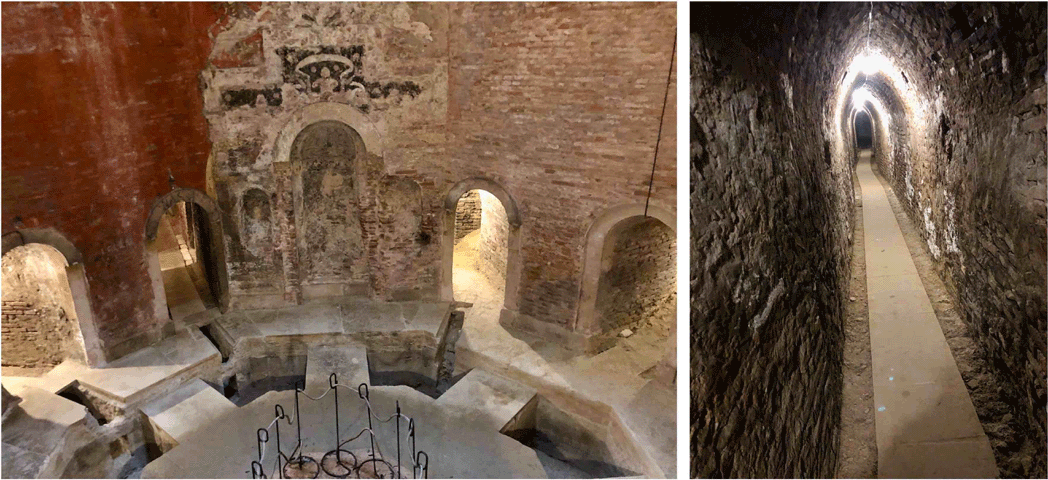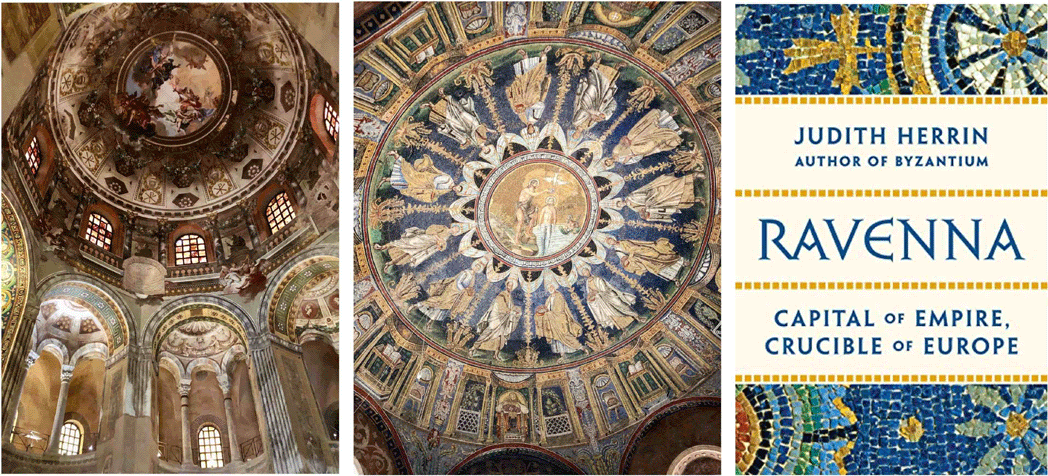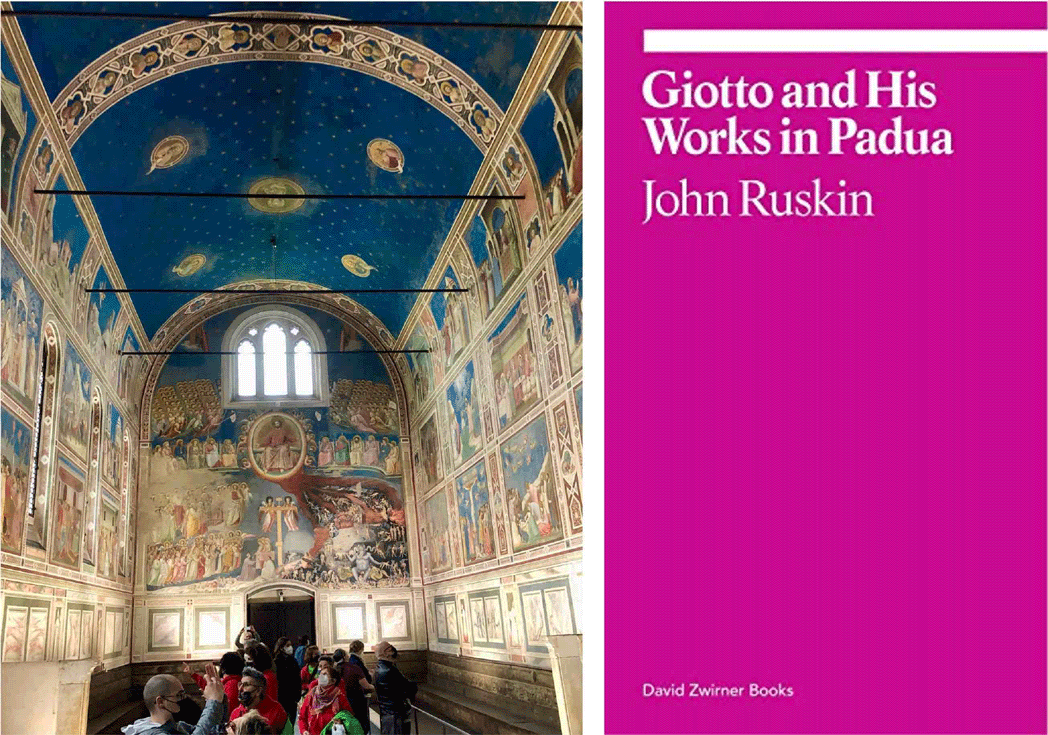Bologna/Ravenna/Padua
I spent six months in Bologna last year, but the red and “dark orange” lockdown criteria (the latter because officials were obviously very reluctant to go to red!) meant that I couldn’t really travel very much. To make up for that, I headed to Bologna again — not only to check in at SAIS Europe, but also to see all of those sights I missed last year!
One attraction in Bologna itself was an environmental-infrastructure edifice: a cistern built in 1563/4, and designed to provide water for the Fountain of Neptune (seen in a previous posting) near the Piazza Maggiore. The Valverde Cistern was mis-identified as a Roman bath when it was re-discovered, and hence is sometimes still labeled the ‘Bagni di Mario’ – but it is a fascinating piece of infrastructure in the hills just south of the old city.

The mosaics of Ravenna are world-renowned – and justifiably so, as I found out on a day trip to the city with an art-history guide. We visited the five major UNESCO World Heritage sites there, as well as Dante’s Tomb and other nearby historical locations. Galla Placidia’s Mausoleum, one of the five sites, is especially notable, and her fascinating story is told in Judith Herrin’s 2020 book Ravenna. An orphaned princess, she was captured by the Goths when they sacked Rome in the year 410, and after three years captivity, ended up marrying Athaulf, the Gothic king successor to Alaric. He was quickly murdered, and she ended up being traded back to Rome for 600,000 measures of grain. A later marriage to a prominent general eventually led to a son, who became Emperor at the age of six…. and Galla Placidia moved the family to Ravenna, where as Empress she ruled in the name of her son and played a key role in building the churches and in developing the city.

Back in 2014, I wrote in one of my Florence postings about the Victorian-era art critic John Ruskin, and his appreciation of the artist Giotto. That of course led me to want to visit Giotto’s famous work in the Scrovegni Chapel in Padua – and Ruskin’s 1850’s critiques of its thirty-eight panels. The works themselves were completed in the early 1300s, when the artist was not yet 40 years old. Another day-trip from Bologna finally fulfilled this aspiration, meeting up with a guide in Padua who also provided a walking tour of the city. We had to spend 15 minutes in an air lock before entering the chapel, because the temperature and humidity are now tightly controlled. The video shown during that period helped to prepare for what we were going to see, but the fifteen minutes spent in the chapel (before the next group entered) was hardly sufficient for the riches on display. Still, reading Ruskin’s guide beforehand was very valuable – and the color prints in this printed version far surpassed the black-and-white woodcuts that had to be used in Ruskin’s day!
